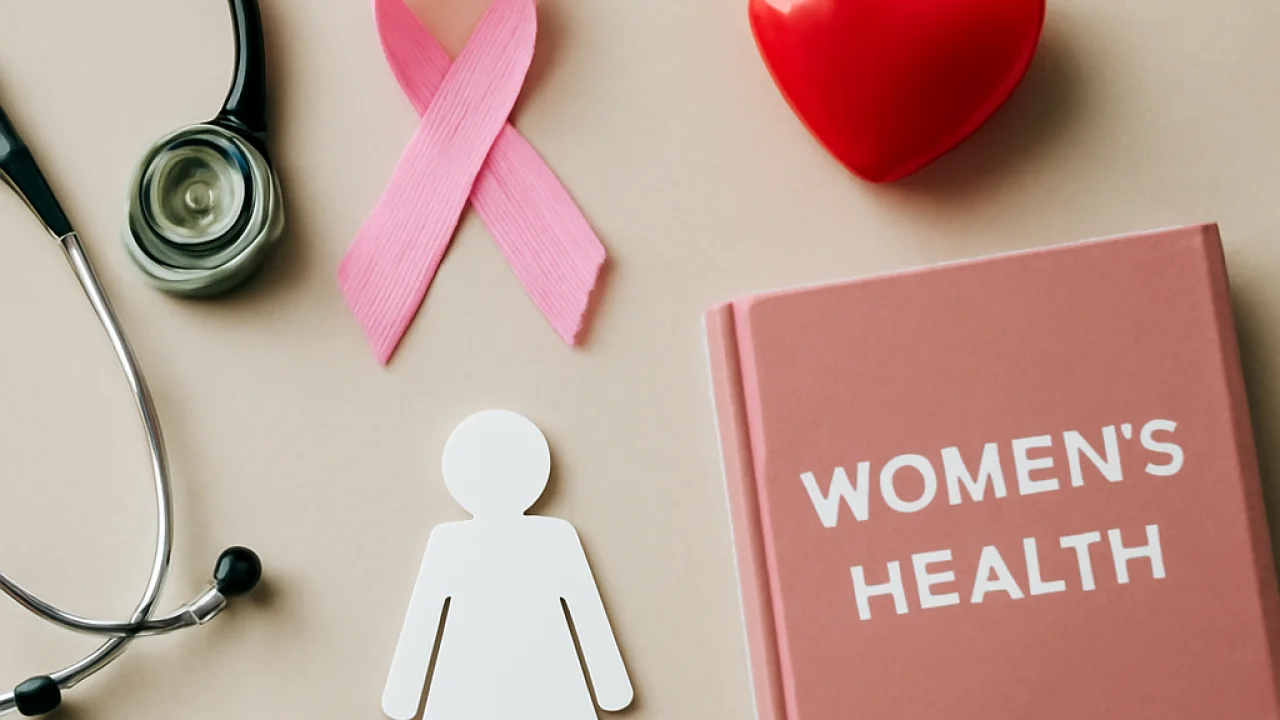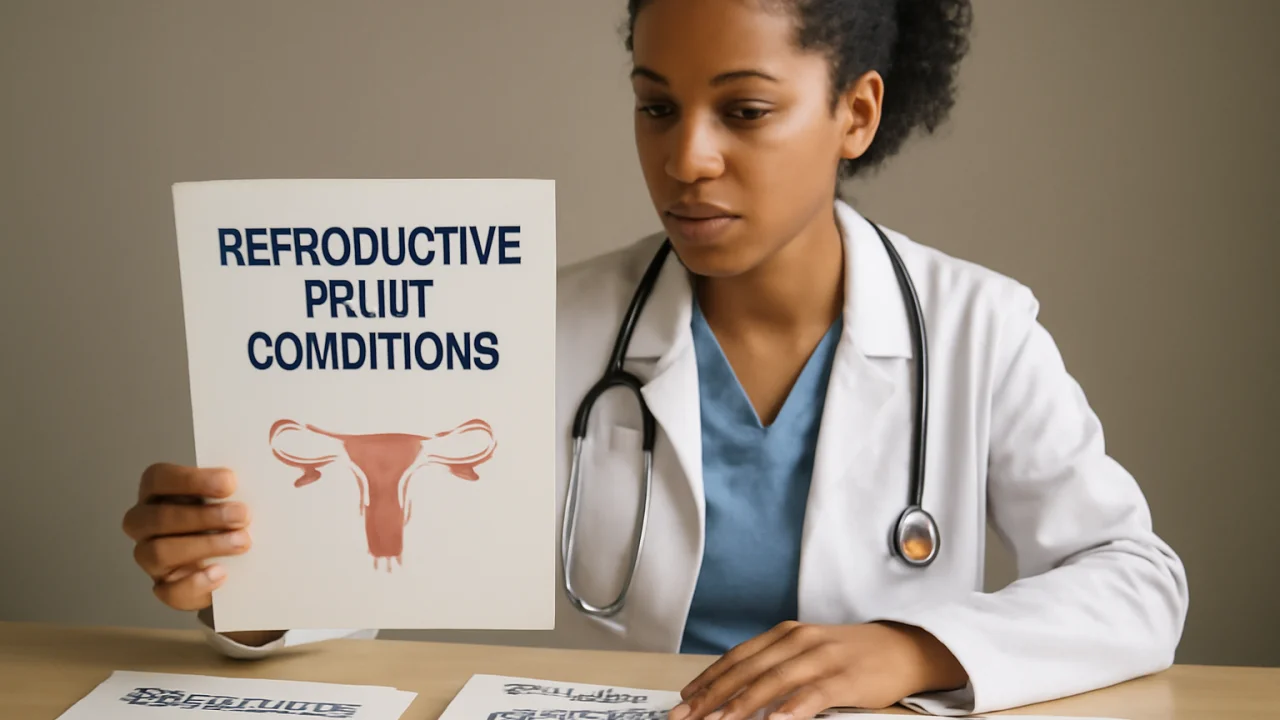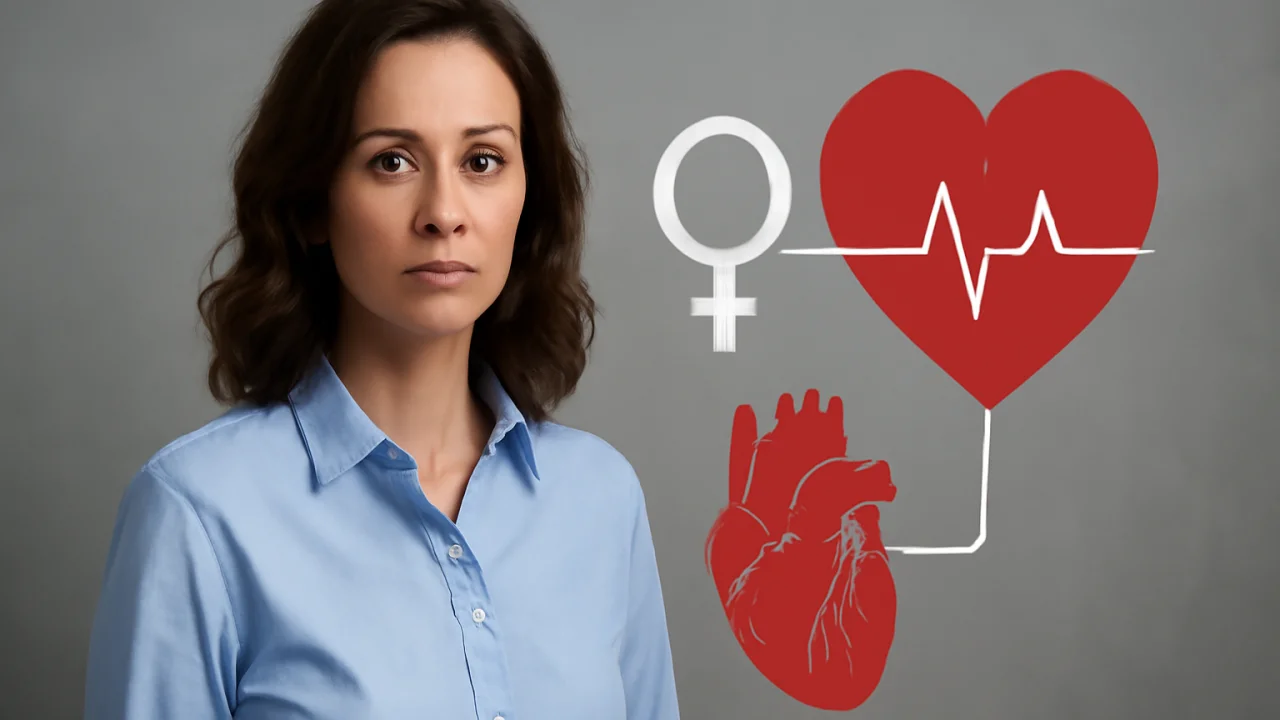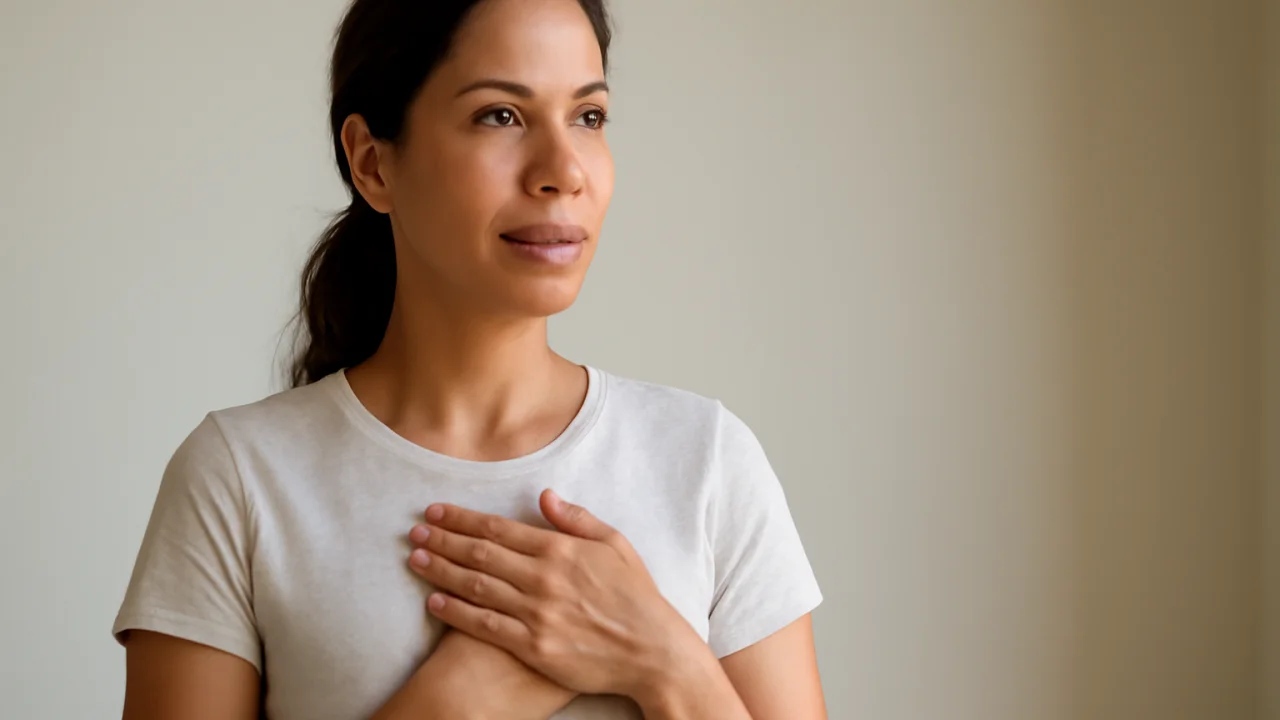
Understanding Common Women’s Health Conditions: A Comprehensive Guide
📑 Contents
Understanding Common Women’s Health Conditions: A Comprehensive Guide
Women’s health encompasses a broad spectrum of conditions, many of which are unique or more prevalent in women due to biological, hormonal, and social factors. Understanding these health issues is crucial for early detection, effective treatment, and prevention. In this guide, we’ll discuss the most common women’s health conditions, their symptoms, causes, and management, empowering you to take charge of your well-being.
1. Reproductive Health Conditions

Polycystic Ovary Syndrome (PCOS)
PCOS is a hormonal disorder affecting 1 in 10 women of reproductive age. It is characterized by irregular periods, excess androgen levels, and polycystic ovaries. Symptoms include weight gain, acne, hirsutism (excess hair growth), and fertility issues. PCOS increases the risk of type 2 diabetes, heart disease, and endometrial cancer.
Treatment: Lifestyle changes (diet, exercise), hormonal birth control, and medications like metformin can help manage symptoms.
Endometriosis
Endometriosis occurs when tissue similar to the uterine lining grows outside the uterus, causing chronic pelvic pain, painful periods, and infertility. It affects about 1 in 10 women globally and can significantly impact quality of life.
Treatment: Pain relief (NSAIDs), hormonal therapy, and, in severe cases, surgery are common approaches.
Uterine Fibroids
Fibroids are noncancerous growths in the uterus, common among women in their 30s and 40s. Symptoms can include heavy menstrual bleeding, pelvic pain, and reproductive problems.
Treatment: Medications, non-invasive procedures, or surgery may be recommended based on severity.
2. Hormonal and Menstrual Health

Premenstrual Syndrome (PMS) and Premenstrual Dysphoric Disorder (PMDD)
Most women experience PMS at some point, with symptoms such as mood swings, bloating, and headaches before menstruation. PMDD is a severe form of PMS that can disrupt daily life.
Treatment: Lifestyle changes, stress management, and medications like antidepressants or hormonal therapies.
Menopause
Menopause marks the end of menstrual cycles, typically occurring between ages 45 and 55. Symptoms include hot flashes, night sweats, sleep disturbances, and mood changes. Long-term risks include osteoporosis and cardiovascular disease.
Treatment: Hormone replacement therapy (HRT), non-hormonal medications, and lifestyle modifications.
3. Cardiovascular Health in Women

Heart disease is the leading cause of death for women worldwide. Women often experience different symptoms than men, such as nausea, fatigue, and back or jaw pain.
Risk factors: High blood pressure, diabetes, smoking, high cholesterol, and family history. Pregnancy-related conditions like preeclampsia also increase risk.
Prevention: Regular exercise, a balanced diet, stress management, and routine screenings are essential.
4. Bone Health: Osteoporosis
Osteoporosis, a condition where bones become weak and brittle, affects women more than men, especially after menopause due to lower estrogen levels. It increases the risk of fractures, particularly in the hip, spine, and wrist.
Prevention and Treatment: Adequate calcium and vitamin D intake, weight-bearing exercises, lifestyle modifications, and medications.
5. Breast and Gynecological Cancers
Breast Cancer
Breast cancer is the most common cancer among women worldwide. Early detection through regular self-exams and mammograms is vital.
Risk factors: Age, family history, genetic mutations (BRCA1/2), and lifestyle factors.
Treatment: Surgery, radiation, chemotherapy, hormone therapy, or targeted therapies.
Cervical and Ovarian Cancer
Cervical cancer is often caused by persistent infection with high-risk human papillomavirus (HPV) types. Regular Pap smears and HPV vaccination are key preventive measures. Ovarian cancer is harder to detect early and is often diagnosed at a later stage.
Treatment: Surgery and chemotherapy are common for both, with newer targeted therapies emerging.
6. Mental Health Concerns
Women are more likely than men to experience mental health disorders such as depression, anxiety, and eating disorders. Hormonal fluctuations, societal pressures, and life events (such as pregnancy or menopause) contribute to this increased risk.
Support and Treatment: Therapy, medication, self-care, and social support play critical roles in management.
7. Sexual and Urinary Health
Urinary Tract Infections (UTIs)
UTIs are more common in women due to anatomical differences. Symptoms include frequent urination, pain during urination, and pelvic discomfort.
Prevention: Good hygiene, staying hydrated, and urinating after intercourse can help reduce risk.
Treatment: Antibiotics are the standard treatment.
Sexual Dysfunction
Many women experience issues such as low libido, pain during intercourse, or difficulty achieving orgasm, often due to hormonal changes, stress, or underlying health problems.
Management: Open communication, counseling, addressing underlying medical issues, and sometimes medication.
8. Table: Overview of Common Women’s Health Conditions
| Condition | Key Symptoms | Risk Factors | Treatment/Prevention |
|---|---|---|---|
| PCOS | Irregular periods, acne, excess hair, infertility | Family history, obesity | Lifestyle changes, medication |
| Endometriosis | Pelvic pain, heavy periods, infertility | Family history, early menstruation | Pain relief, hormonal therapy, surgery |
| Osteoporosis | Bone fractures, back pain | Age, menopause, low calcium intake | Calcium/vitamin D, exercise, medication |
| Breast Cancer | Lump in breast, changes in breast shape | Age, genetics, lifestyle | Surgery, radiation, chemotherapy |
| Heart Disease | Chest pain, shortness of breath, fatigue | High BP, diabetes, smoking | Lifestyle changes, medication, regular screening |
| UTI | Painful urination, frequent urination | Female anatomy, sexual activity | Antibiotics, hydration, hygiene |
Frequently Asked Questions (FAQs)
1. What are the most common symptoms of women’s health conditions?
Symptoms vary by condition but commonly include irregular periods, pelvic pain, mood changes, fatigue, and unexplained weight changes. Any persistent or unusual symptoms should be evaluated by a healthcare provider.
2. How often should women get screened for cancers?
Guidelines vary, but most women should start breast cancer screening (mammograms) at age 40 and Pap smears for cervical cancer at age 21, with frequency depending on individual risk factors and previous results.
3. Can lifestyle changes prevent most women’s health conditions?
While not all conditions are preventable, healthy habits—such as a balanced diet, regular exercise, avoiding smoking, and managing stress—can significantly reduce the risk of many common women’s health issues.
4. Are there specific warning signs for heart disease in women?
Yes. Women may experience subtle symptoms, including nausea, back or jaw pain, fatigue, and shortness of breath, rather than the classic chest pain. Early recognition and prompt medical attention are vital.
5. How can women support their mental health?
Women can support their mental health by seeking help when needed, staying socially connected, practicing self-care, managing stress, and maintaining a healthy lifestyle. Professional therapy and medication may be necessary for some conditions.
Summary
Women’s health conditions are diverse and can affect every stage of life. Early recognition, regular screenings, and adopting a healthy lifestyle are key to prevention and effective management. If you experience symptoms or have concerns about your health, consult a trusted healthcare professional. Empowering yourself with knowledge and proactive care is the foundation of long-term well-being.











